Brighton-based post-production house The Edit explains its complex post work on C4’s series examining the jury system in Britain
The Jury: Murder Trial, produced by Screendog for Channel 4, is a 4x45-minute series examining the jury system by recreating a real-life murder trial, taken verbatim from the original transcripts.
Two randomly selected juries, neither of whom are aware of the other, observe and deliberate on the case. Filmed over ten days, in a former courthouse in Chelmsford, Essex, the series takes a forensic look at the inner workings of the UK justice system.
Post-production house The Edit was selected to facilitate the post-production process through to delivery, and manage and backup the enormous amount of data being produced each day on-set in Chelmsford.
On Set Data Management
The Edit was involved from the start of production, allowing the company to have vital input, including how rushes were labelled and wrangled, making the transition to editing incredibly smooth. It also meant they could close the loop between the shoot and post, collaboratively feeding back any issues to production, who could in turn make technical or creative improvements straight away if required.
The Edit worked closely with the crews from Linkline and Hotcam, who supplied six Sony FX9s for PSC and courtroom duties, 16x Panasonic UE150 rig cameras for the jury breakout rooms, as well as the entire sound and gallery setup.
The Edit’s technical team calculated data sizes and the transfer speeds required and devised a workflow that could handle the large inflow of data. Data security and resilience were at the heart of the workflow design and there was always at least two of everything – double checks of data copies by two technicians, two brand-new and independent storage systems, and a further offsite backup to The Edit’s Brighton facility at the end of every day. By the end of the shoot, 534 camera cards had been processed along with over 1,000 hours of footage.
The Offline
Offline editing was scheduled to start as soon as the cameras stopped rolling, so The Edit had to turn around hundreds of hours of rushes every day. The Edit’s technical assistants made full use Avid Media Composer’s syncing capabilities, working in shifts around the clock to get everything prepared. Working with separate drama and documentary units on the same production, the assistants had to take on board each team’s requirements, syncing camera and sound rushes accordingly and presenting everything to the editors in a logical way.
With two full week’s worth of dialogue from 24 contributors, the AI transcription service, Trint, proved invaluable to production, allowing transcription and searching of 1,000+ hours of footage quickly, and also providing an integrated paper-edit facility. This enabled edit producers to highlight text and see the corresponding video edit right away, greatly reducing edit-prep time.
The Grade
The Jury is a hybrid of drama, real-life actuality and reconstruction and the picture finishing team had to think carefully about how to treat those various elements in the grade. Colourist Dave Austin worked closely with executive producer Ed Kellie to create a visual vocabulary that would signpost the chronology and that also felt right for each scene. He said: “For the courtroom, the drama team designed a rich, warmly-lit look on-set and we wanted to honour and augment that, opting for high-contrast and strong shadows. But this had to cut seamlessly with the juries, who were watching the drama throughout. The connection between the jurors and the acted drama is truly palpable and we successfully devised a look that completely complements it.”
Reconstructed murder scenes were desaturated and low contrast, whilst everyday, present-tense scenes with the jurors out in their normal lives were graded to feel vibrant yet naturalistic. For the master interviews, Austin made use of Davinci Resolve’s AI face refinement. He said: “I tend to use quite subtle amounts of lots of different techniques which all add up to the final result. I used the AI tool to track faces and refocus the eyes just a little, whilst subtly softening skin.”
The reconstructed home-video footage was shot on iPhone. “We felt that modern iPhone footage is actually a bit too good looking, so we deliberately lowered the bit-rate and bit-depth, introducing pixelation and quantisation noise to create an older home-video look,” explains Austin. “Phone footage is normally 30fps and would normally need standards-conversion for the UK, but we opted to let it be a bit more jerky, also adding to the feel.”
The Dub
The Edit head of audio Karl Mainzer mixed the series, helped by freelancer Rowan Jennings. A total of 24 radio mics along with multiple drama, ambient and boom mics were sifted through and edited down. Mainzer explains: “Audio was well recorded, however it was a complex timeline and we got creative and made extensive use of all the cleanup tools at our disposal, like iZotope RX, but also a collection of other favourites that suit different situations. It was really interesting getting the actuality scenes to gel with the drama scenes because they are two worlds that don’t normally meet.”
”Although half of each programme was unscripted, the feel is very much that of a drama mix,” he continues. “The editors had done a fine job and it was a joy to pull the unscripted material into the dramatic world of the courtroom. Building upon a solid pre-mix, I made extensive use of convolution reverbs to create a classy, natural sounding space in the courtroom and mixing the music in was the icing on the cake.”
The Jury: Murder Trial airs on Channel 4 from 26 February and streams on 4OD.



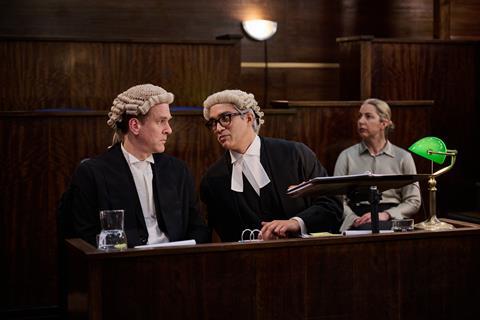
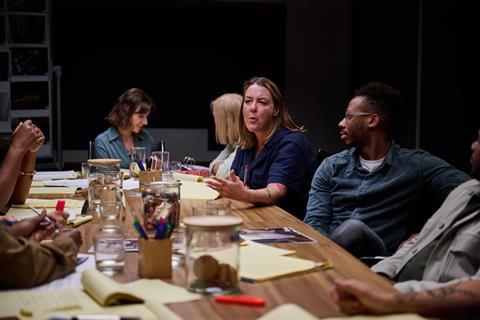
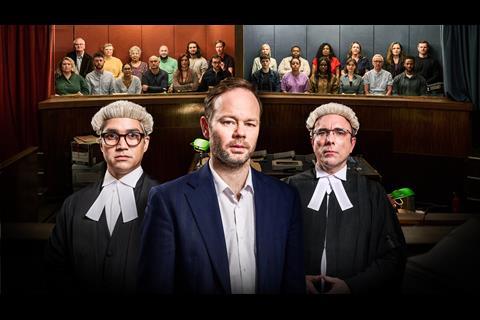

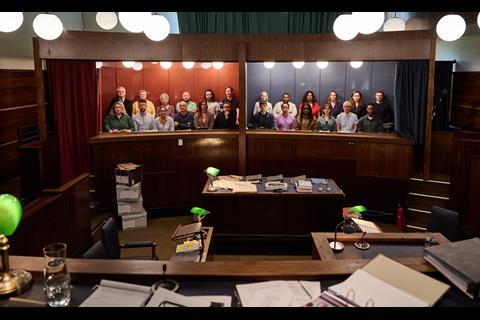
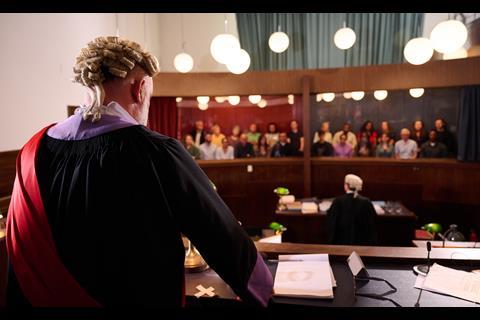






No comments yet